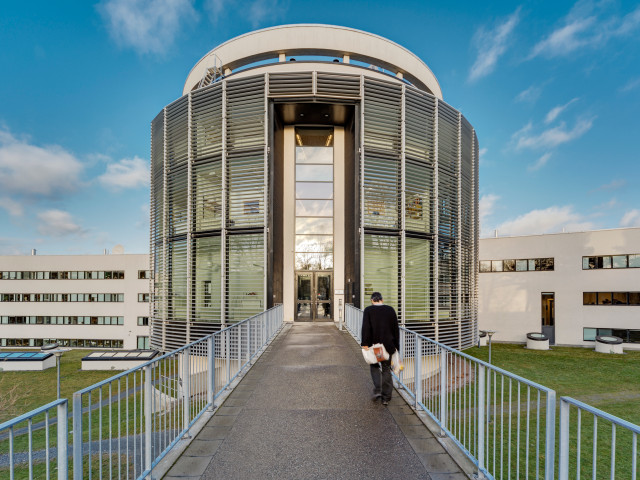Observational techniques, Radiative transfer, Star formation and stellar
evolution and large-scale structure of the Universe, Astrostatistics.
SH2402 Astrophysics 6.0 credits
This course will be discontinued.
Last planned examination: Spring 2027
Decision to discontinue this course:
No information inserted
The course is replaced from VT26 with SH2404
Information per course offering
Course offerings are missing for current or upcoming semesters.
Course syllabus as PDF
Please note: all information from the Course syllabus is available on this page in an accessible format.
Course syllabus SH2402 (Spring 2022–)Content and learning outcomes
Course contents
Intended learning outcomes
After the course the student should be able to:
- Describe how fundamental astrophysical observations and measurements are performed: localisation, signal strength, distance scales. Plan and perform simpler astronomical observations and assess the outcome and give suggestions for improvements.
- By using physical reasoning, explain how radiation is transported within plasmas and in the universe. Explain how emission and absorption line features are formed and their diagnostics
- By using physical reasoning, explain the main evolutionary states for different types of stars.
- Describe the observations of the large-scale structure of the universe and assess the theories for structure formation in the universe on both small and large scales.
- Describe the various techniques for detection of extrasolar planets and discuss the conditions for life on other planets.
- Summarise the basis of astrophysics statistical analysis and solve basic problems.
Literature and preparations
Specific prerequisites
English B / English 6
Recommended prerequisites
Previous knowledge of mathematical methods in physics and quantum physics.
Literature
Examination and completion
Grading scale
Examination
- SEM1 - Seminar, 1.0 credits, grading scale: P, F
- ANN1 - Notice, 1.0 credits, grading scale: P, F
- TEN1 - Examination, 4.0 credits, grading scale: A, B, C, D, E, FX, F
Based on recommendation from KTH’s coordinator for disabilities, the examiner will decide how to adapt an examination for students with documented disability.
The examiner may apply another examination format when re-examining individual students.
If the course is discontinued, students may request to be examined during the following two academic years.
Other requirements for final grade
Written exam (TEN1; 4 university credits)
Observation (ANN1; 1 university credit)
Seminarium (SEM1; 1 university credit)
Examiner
Ethical approach
- All members of a group are responsible for the group's work.
- In any assessment, every student shall honestly disclose any help received and sources used.
- In an oral assessment, every student shall be able to present and answer questions about the entire assignment and solution.